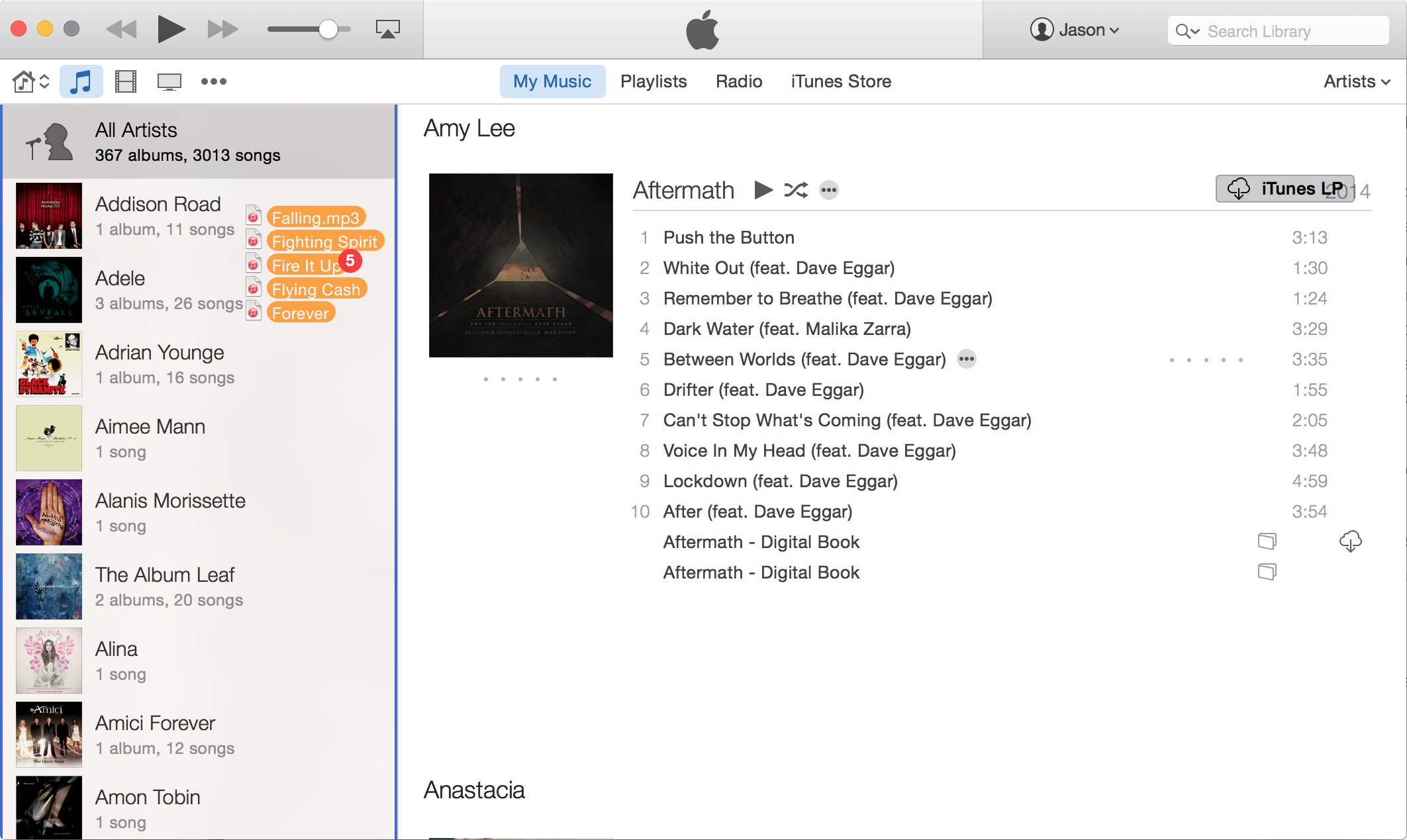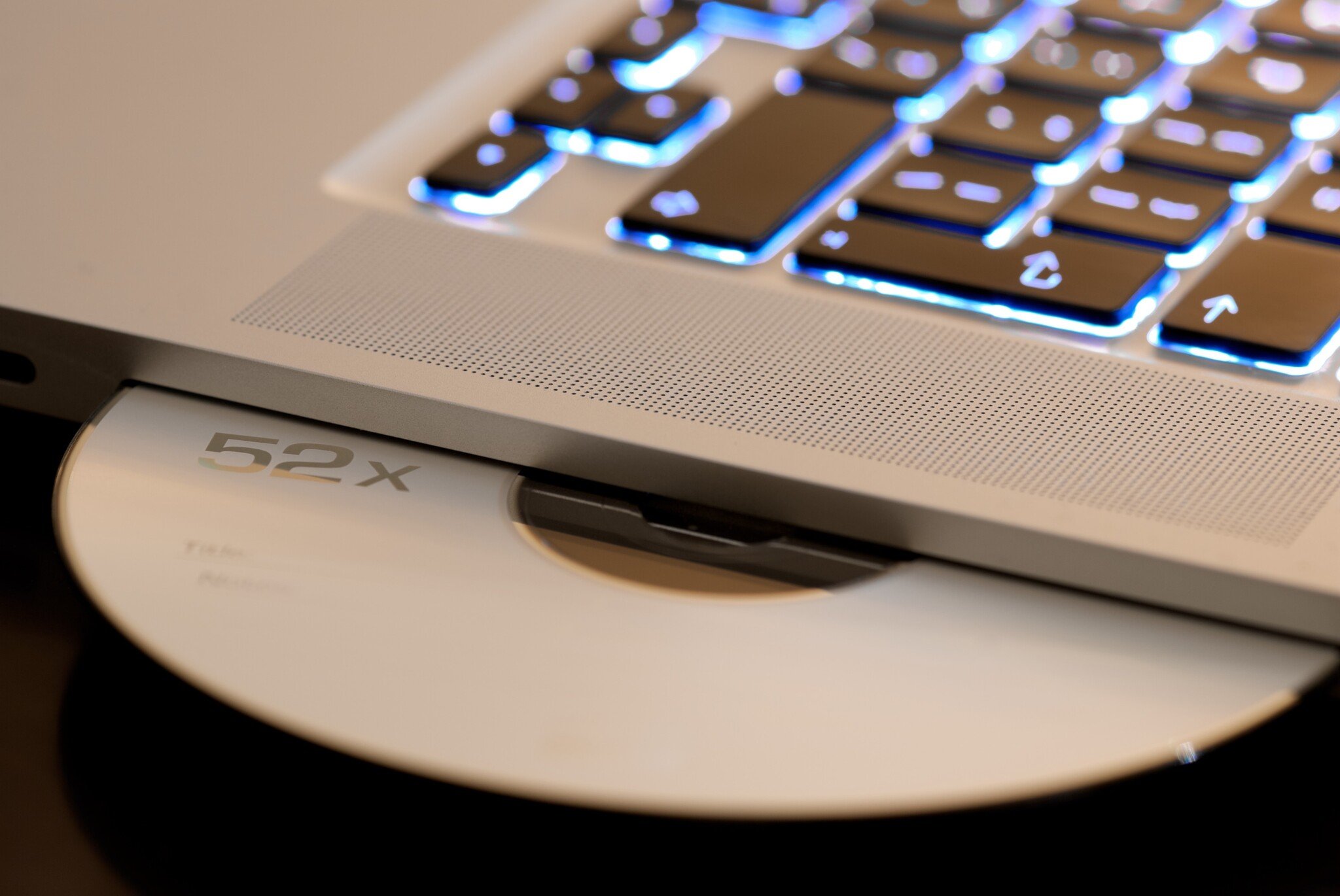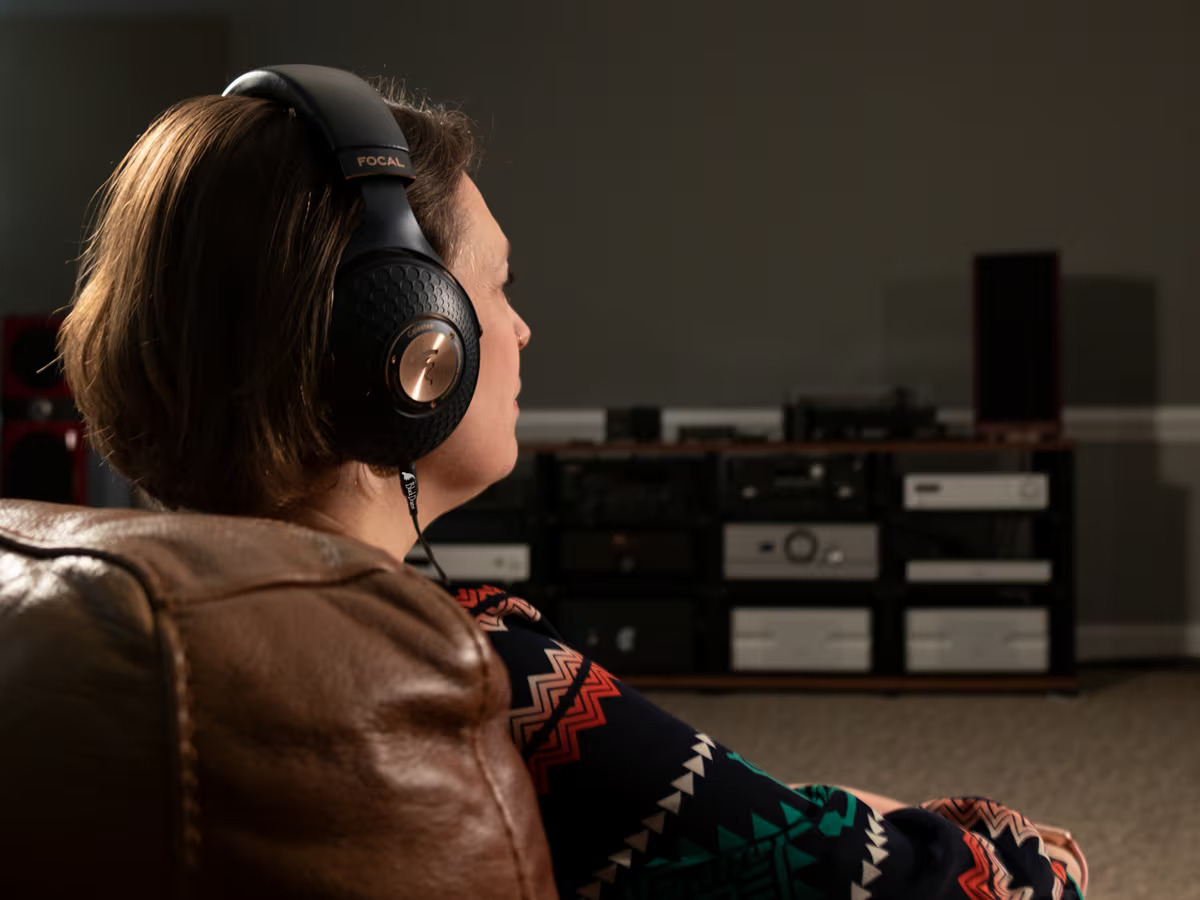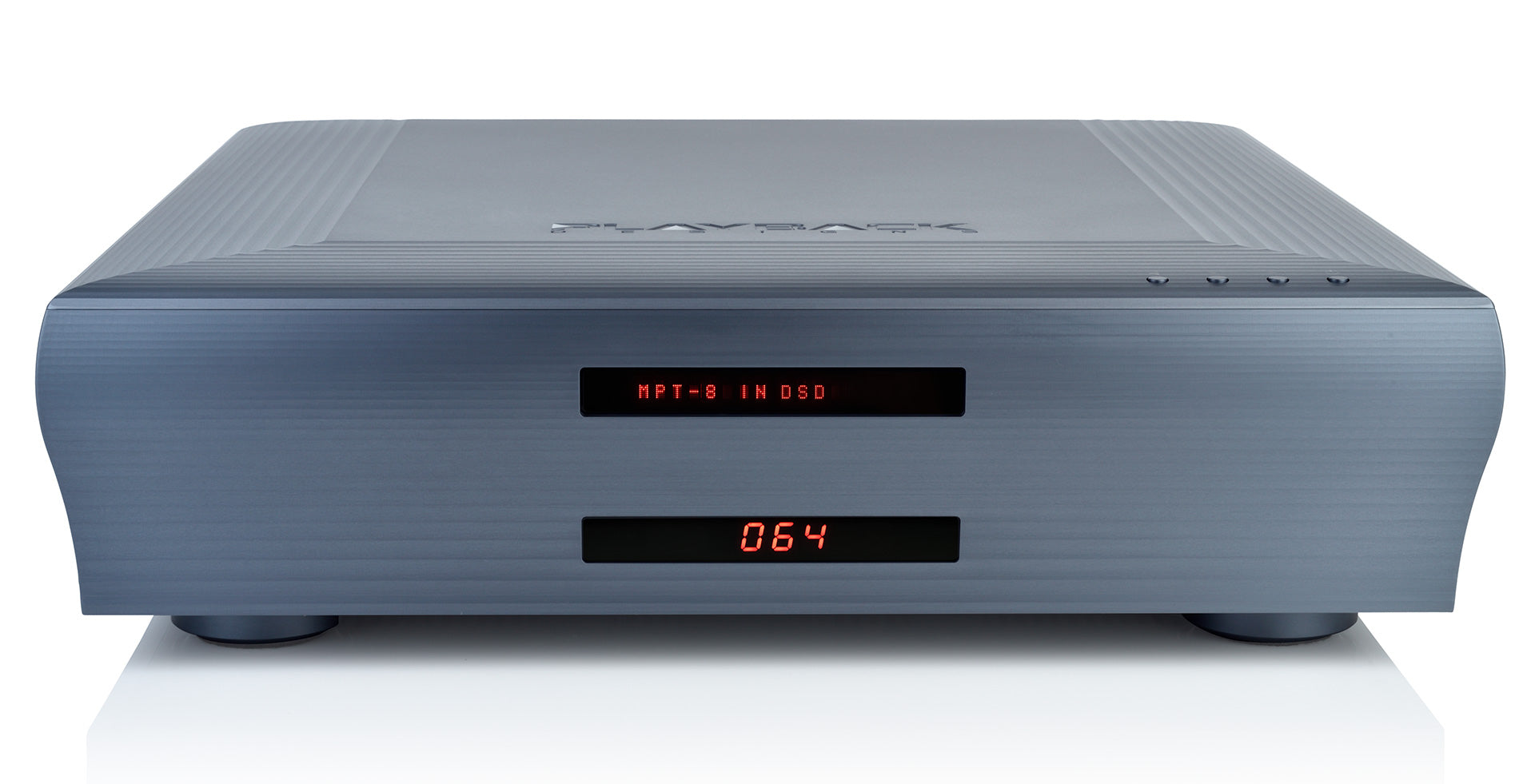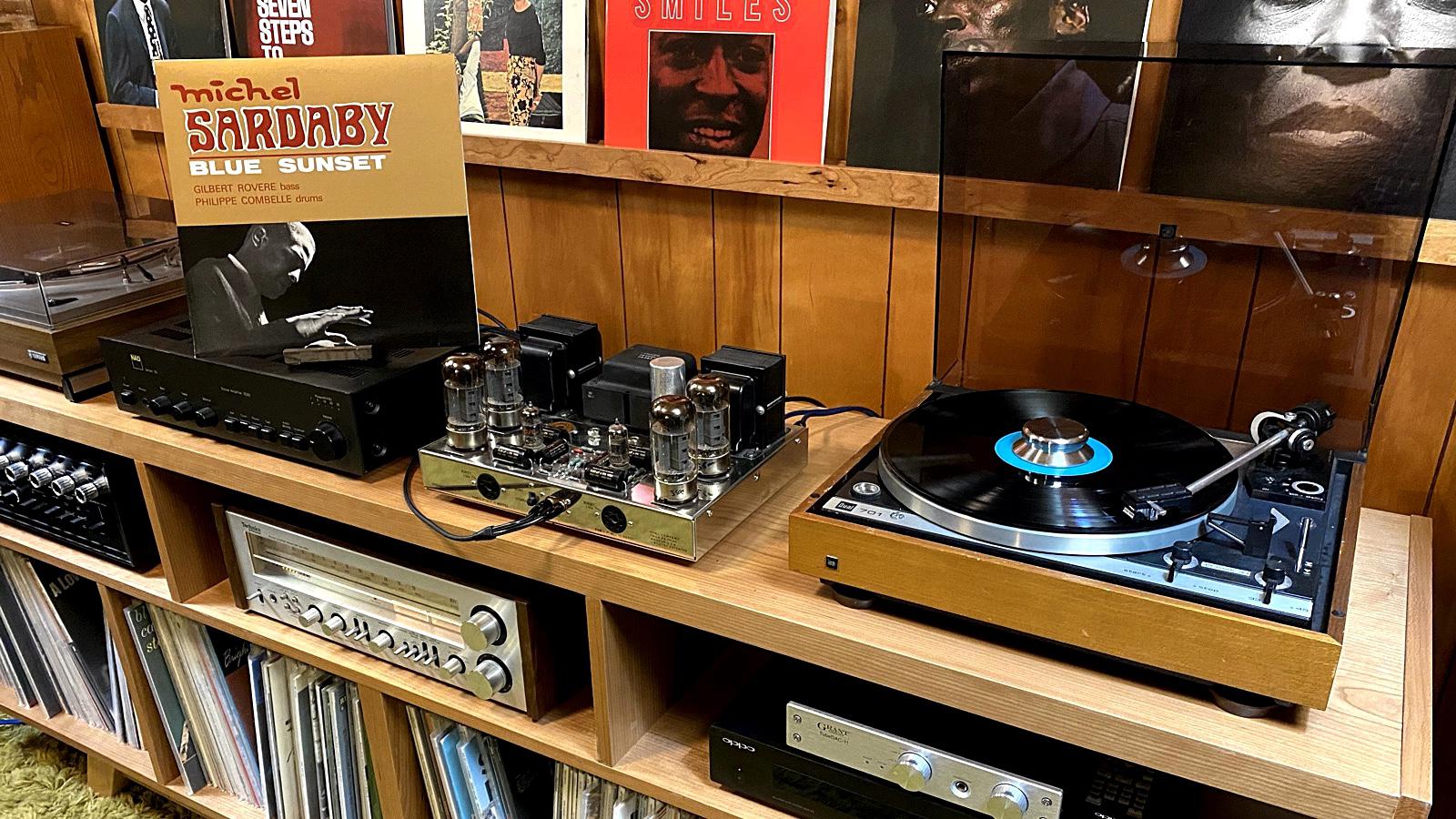Home>Production & Technology>Audiophile>What Is The Minimum Playback Bit Rate For Audiophile Quality Digital Files
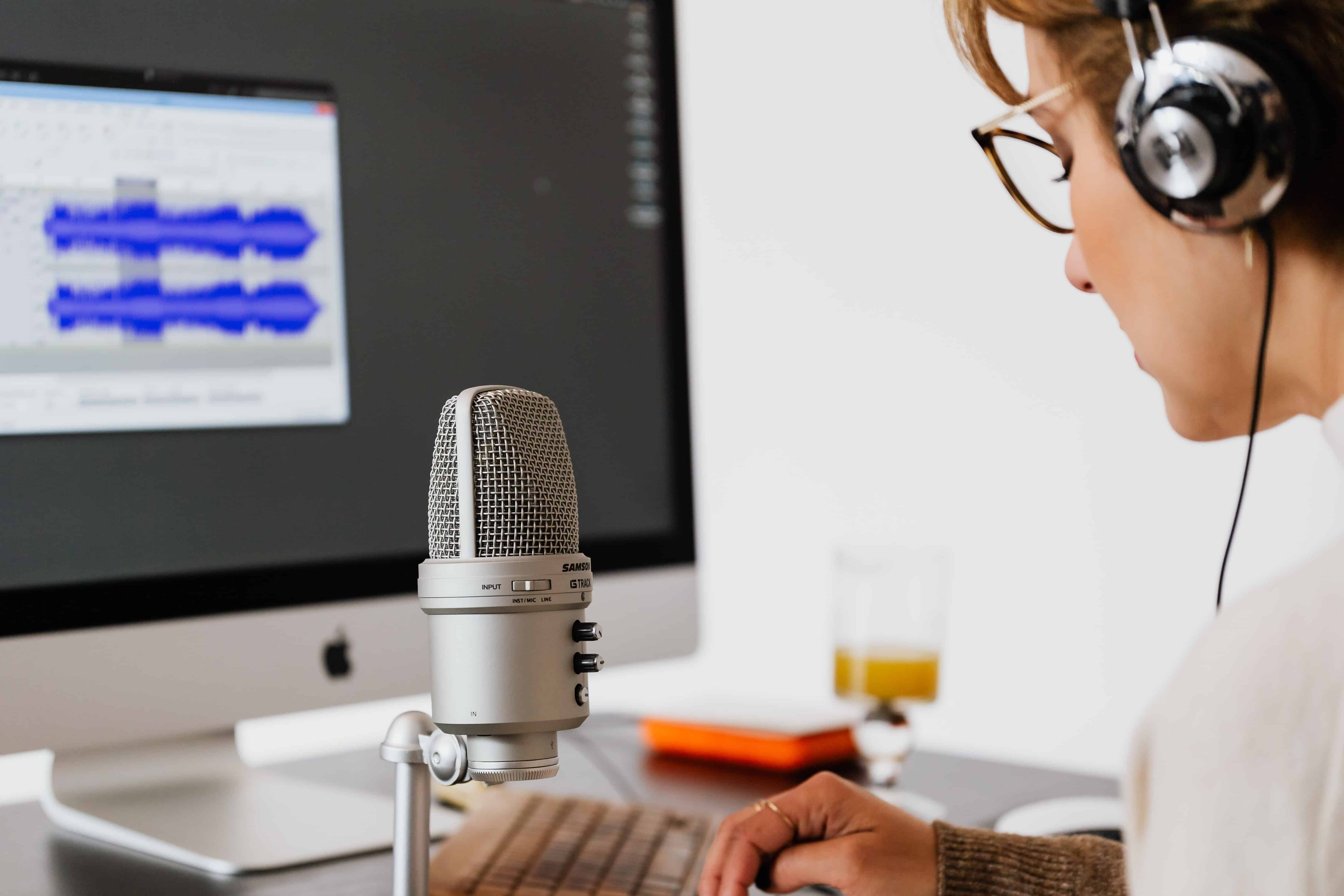

Audiophile
What Is The Minimum Playback Bit Rate For Audiophile Quality Digital Files
Modified: January 22, 2024
Discover the minimum playback bit rate needed for true audiophile quality digital files. Explore how to achieve the best sound experience and optimize your music collection.
(Many of the links in this article redirect to a specific reviewed product. Your purchase of these products through affiliate links helps to generate commission for AudioLover.com, at no extra cost. Learn more)
Table of Contents
Introduction
Welcome to the world of audiophiles, where the pursuit of exceptional sound quality takes center stage. Audiophiles are passionate individuals who strive for the highest fidelity and clarity when it comes to listening to music. They seek equipment and digital files that can reproduce the nuances and subtleties of a recording with utmost precision.
One crucial aspect that determines the audio quality of digital files is the bit rate. Bit rate refers to the amount of data, typically measured in kilobits per second (kbps), that is used to encode audio information. A higher bit rate generally results in better sound quality, as it allows for more details to be captured and reproduced.
Audiophile quality digital files are those that meet the high standards set by discerning listeners. These files prioritize audio fidelity and often feature lossless compression formats, such as FLAC (Free Lossless Audio Codec) or ALAC (Apple Lossless Audio Codec). The aim is to preserve the original audio quality as closely as possible during the compression process.
When it comes to determining the minimum playback bit rate for audiophile quality, there are several factors to consider. These factors include the characteristics of the audio content, the playback system, and the listener’s preferences. It’s important to strike a balance between file size and audio quality, as higher bit rates typically result in larger file sizes.
In this article, we will delve into the various factors that affect the minimum playback bit rate for audiophile quality digital files. We will explore how to determine the ideal bit rate based on different considerations and provide some recommended bit rates for achieving exceptional sound quality. So, sit back, relax, and let’s dive deep into the world of audiophile audio and bit rates!
Understanding Bit Rate
To comprehend the concept of bit rate, let’s start with the basics. A digital audio file is made up of a series of individual samples that represent the sound waveform. Each sample is a numerical value that corresponds to the amplitude of the audio signal at a specific point in time.
Bit rate, measured in kilobits per second (kbps), refers to the amount of data used to encode audio information per unit of time. It quantifies the rate at which the audio is transmitted or stored. Higher bit rates imply more data is being used, resulting in better audio quality and more faithful reproduction.
Think of it this way: if you were to convert a piece of music into a digital format, a higher bit rate would allow you to capture more of the audio details. It’s like taking a high-resolution photograph versus a low-resolution one. The more data you have, the more accurately you can represent the original sound.
Bit rate is a critical factor in determining audio quality, especially when it comes to compression formats. When audio is compressed, some of the original audio data is discarded or altered to reduce file size. Lossless compression formats, such as FLAC or ALAC, maintain the original audio quality, while lossy compression formats, like MP3 or AAC, sacrifice some audio fidelity to achieve smaller file sizes.
It’s worth noting that bit rate alone doesn’t tell the whole story of audio quality. Other factors, such as the sampling rate (measured in Hertz, or Hz) and the bit depth, also contribute to the overall sound fidelity. However, for the purpose of this article, we will focus on bit rate as it relates to audiophile quality digital files.
Now that we have a grasp on what bit rate is and its importance in audio quality, let’s explore how this knowledge translates to achieving audiophile-worthy sound reproduction.
Audiophile Quality Digital Files
Audiophile quality digital files are music files that have been carefully curated and optimized to deliver the utmost audio fidelity and precision. These files are sought after by discerning listeners who value the finer nuances and details in their music.
One key characteristic of audiophile quality digital files is the use of lossless compression formats. Lossless compression allows for the reduction of file size without compromising the original audio quality. This is achieved by cleverly encoding and compressing the audio data in a way that can be perfectly reconstructed during playback, ensuring no loss of information.
FLAC (Free Lossless Audio Codec) and ALAC (Apple Lossless Audio Codec) are two popular lossless compression formats used in the audiophile community. They preserve the full audio quality of the original recording, making them ideal choices for those who want to experience their music with the highest level of fidelity.
In contrast, lossy compression formats like MP3 and AAC sacrifice some audio information to achieve smaller file sizes. These formats are widely used for streaming services and portable devices due to their efficiency, but they may not satisfy the discerning ears of audiophiles who seek the utmost audio quality.
Another aspect of audiophile quality digital files is the inclusion of high-resolution audio. High-resolution audio refers to audio files that have a higher sampling rate and bit depth compared to standard CD quality (44.1kHz/16-bit). These files capture more audio information, resulting in a more detailed and accurate representation of the original recording.
For audiophiles, having access to high-resolution audio files allows them to enjoy their music with greater clarity and realism. It enables them to hear subtle details, such as the decay of a cymbal hit or the texture of a vocalist’s voice, that may be lost in lower-resolution formats.
In summary, audiophile quality digital files prioritize the preservation of audio fidelity through lossless compression formats and high-resolution audio. They enable listeners to experience their music with the utmost precision and immerse themselves in the sonic essence of the recording.
Factors Affecting Minimum Playback Bit Rate
The minimum playback bit rate for achieving audiophile quality depends on various factors that affect the overall audio experience. These factors influence the required amount of data to accurately reproduce the music and capture its intricacies. Let’s explore some of the key factors that come into play:
- Audio Content: The complexity and dynamics of the audio content have a significant impact on the minimum playback bit rate. Music genres with a wide dynamic range, such as classical or jazz, often require higher bit rates to maintain the integrity of the sound. This is because the quieter and more nuanced passages need sufficient data to be faithfully reproduced.
- Playback System: The quality and capabilities of the playback system play a crucial role in determining the minimum bit rate. A high-end audio setup with quality speakers or headphones can reveal more details and nuances from the music. To fully utilize the capabilities of such a system, a higher bit rate may be necessary to ensure all the subtleties are accurately reproduced.
- Listener’s Preferences: Every listener has different preferences and expectations when it comes to audio quality. Some individuals may have a more discerning ear and demand the highest level of fidelity, while others may find lower bit rates acceptable. Additionally, the listening environment, personal taste, and level of engagement with the music can influence the perceived need for higher bit rates.
- File Format: The choice of file format also affects the minimum playback bit rate. Lossless compression formats, like FLAC or ALAC, typically require higher bit rates to preserve the original audio quality. On the other hand, lossy formats, such as MP3 or AAC, can achieve acceptable results with lower bit rates due to the audio information already being compressed or discarded during the encoding process.
It’s essential to consider these factors when determining the minimum playback bit rate for audiophile quality digital files. Striking a balance between achieving exceptional sound quality and managing file sizes is crucial. Higher bit rates generally result in larger file sizes, which can impact storage and streaming capabilities.
Next, we will explore how to determine the ideal bit rate based on these factors and provide some recommendations for achieving audiophile-level sound reproduction.
Determining the Minimum Playback Bit Rate
Determining the minimum playback bit rate for audiophile quality digital files can be a subjective and nuanced process. However, there are some guidelines and considerations to help you make an informed decision. Here are a few steps to determine the ideal bit rate:
- Assess the Audio Content: Evaluate the characteristics of the audio content you typically listen to. If you primarily listen to genres with intricate instrumentation and dynamic range, such as classical or progressive rock, higher bit rates may be necessary to capture the subtle nuances and maintain the audio fidelity.
- Consider the Playback System: Take into account the quality and capabilities of your playback system. High-end speakers or headphones are more sensitive and can reveal finer details in the music. To fully leverage the capabilities of your equipment, you may need higher bit rates to reproduce the audio accurately and preserve the intended soundstage.
- Assess Your Listening Environment: Consider the environment in which you listen to music. If you have a dedicated listening room with optimal acoustics, you may have a higher appreciation for intricate details in the music. In contrast, if you primarily listen in less controlled environments, such as during commutes or while exercising, lower bit rates may still provide an enjoyable listening experience.
- Evaluate Storage and Bandwidth Considerations: Take into account the impact of higher bit rates on storage capacity and bandwidth. Audiophile quality digital files with higher bit rates result in larger file sizes, requiring more storage space on your devices or external storage. Additionally, streaming higher bit rate files may require faster internet connections or incur higher data usage. Consider these factors when determining the minimum playback bit rate.
It’s important to note that the minimum playback bit rate is a personal choice and can vary from person to person. Experimentation and listening tests are often necessary to find the sweet spot that balances audio quality and file size.
Now that we have explored the factors affecting the minimum playback bit rate and the considerations for determining the ideal bit rate, let’s dive into some recommended bit rates for achieving audiophile-level sound quality.
Recommended Bit Rates for Audiophile Quality
When it comes to recommended bit rates for achieving audiophile quality, several factors come into play. These include the audio content, playback system, storage considerations, and personal preferences. While there is no “one size fits all” answer, here are some general guidelines:
- Lossless Compression Formats: If you are using lossless compression formats like FLAC or ALAC, a bit rate of 16-bit/44.1kHz is considered the standard for CD-quality audio. This is the same resolution as audio CDs and delivers excellent audio fidelity.
- High-Resolution Audio: If you want to delve into high-resolution audio, bit rates of 24-bit/96kHz or higher are recommended. High-resolution audio files offer greater detail and dynamic range, providing a more immersive listening experience.
- Consider Quality vs. File Size: Keep in mind that higher bit rates result in larger file sizes. Balancing audio quality and storage requirements is essential. If you have limited storage capacity, you may opt for lower bit rates to conserve space, especially if you cannot perceive a significant difference in quality.
- Subjective Listening Tests: Ultimately, your personal listening experience should guide your choice of bit rate. Conduct subjective listening tests to determine the bit rate that satisfies your audio preferences. Trust your ears and choose the bit rate that provides the level of detail and fidelity you desire.
It’s important to note that audiophile quality is not solely defined by bit rate. Other factors such as the recording quality, mastering, and the overall production of the music also play a significant role. Bit rate is just one aspect that contributes to the audio experience.
Lastly, it’s worth mentioning that technology and advancements in audio processing are continually evolving. Higher bit rates and more efficient compression techniques may become more prevalent in the future, offering even better audio quality and immersive experiences.
Remember, the goal of achieving audiophile quality is to fully immerse yourself in the music, capturing all the subtle details and nuances that make the listening experience extraordinary. Use the recommended bit rates as a starting point, but always trust your own ears and preferences to create your ultimate audiophile experience.
Conclusion
The pursuit of audiophile quality is a journey that requires an understanding of bit rates and their impact on digital audio files. While there is no universal minimum playback bit rate that guarantees audiophile quality, considering factors such as the complexity of the audio content, playback system capabilities, storage considerations, and personal preferences can help guide your choices.
Audiophile quality digital files prioritize audio fidelity through lossless compression formats like FLAC or ALAC and may feature high-resolution audio for a more immersive listening experience. The choice of bit rate depends on the specific requirements of the content, the capabilities of the playback system, and personal preferences for audio quality.
Recommended bit rates typically start at the CD-quality standard of 16-bit/44.1kHz for lossless files, while higher resolutions like 24-bit/96kHz or higher are suitable for those seeking high-resolution audio. It’s important to strike a balance between audio quality and storage requirements, as higher bit rates result in larger file sizes.
Ultimately, your own ears and preferences should guide your decisions. Engage in subjective listening tests to determine the bit rate that satisfies your audio expectations and preferences. Trust your own experience and choose the bit rate that provides the level of detail and fidelity you desire.
As technology evolves, advancements in audio processing may bring new techniques and higher bit rates that push the boundaries of audiophile quality even further. Stay open to these developments and continue to explore and appreciate the finest nuances and subtleties in your music.
Remember, at the core of the audiophile journey is the desire to immerse yourself in the richness of the music, and the bit rate is just one piece of the puzzle. Enjoy the journey and let the allure of exceptional audio quality captivate your senses.

